Tụi mình có biết về giống heo đen nổi tiếng của Hàn Quốc, nên đợt này sang, tụi mình có tìm ra vài quán bán món này. Tụi mình book khách sạn trên đường này, nên quán này là tiện nhất.
Địa chỉ:
37-2, Myeongdong 8na-gil, Jung-gu, Seoul
Sau đây là 1 vài đánh giá của tụi mình:
Vị trí: ngay khu Myeongdong sầm uất, khu này cũng nổi tiếng với khách du lịch lắm rồi. Từ ga tàu điện ngầm Myeongdong đi thẳng, quẹo trái, đi thẳng chừng 7, 8 phút là tới. Bạn nào biết Line Store ở khu này, thì quán này nằm trên trục đường đó đó, từ Line Store đi tới 5 phút là tới rồi.
Không gian: quán trang trí bình thường, đơn giản, mỗi bàn có lò nướng và máy hút tại bàn. Máy hút khói nhìn hơi lạ so với những tiệm mình từng ăn. Quán sử dụng than để nướng, chắc nhờ vậy nên thịt thơm và cũng ngon hơn. Mỗi bàn có vài bao nylon lớn để bỏ áo khoác, khăn choàng, túi… cho đỡ ám mùi khói, tránh bị văng đồ ăn.
Menu: chủ yếu xoay quanh món heo đen, ngoài ra có thêm kim chi hầm, mì kim chi, soju và rượu gạo.
Phục vụ: bình thường, cô chủ quán vui vẻ lắm.
Món ăn:
Panchan quán này hơi tiết kiệm và ít món. Nhưng món nào cũng ngon, cũng chất lượng, salad trộn, kim chi đậm đà chua ngọt mặn đủ vị. Thực ra lúc tụi mình ăn heo rồi thì quên luôn cả panchan. Chấm thịt có muối hoặc sốt ớt. Rượu gạo uống bình thường.
Thịt heo để nguyên da và thịt mông heo: mỗi loại 150gr, 15000 won mỗi loại. Miếng thịt dày cộm, màu đẹp, nhân viên sẽ chạy đi chạy lại giữa các bàn để nướng dùm. Thịt chắc, thơm thơm, phần rìa hơi giòn. chấm với sốt hoặc muối đều ngon. Phần heo để nguyên da ăn béo hơn chút, dai dai hơn chút.
Kim chi jjigae – Kim chi hầm: món này thấy có vẻ đơn giản, vậy chứ mình đi mấy tiệm ở cả VN lẫn bên đó không tìm được chỗ nào bán món này ưng ý hết. Công nhận chỗ này làm ngon quá, đậm đà, chua vừa phải, ăn với cơm ngon gì đâu. Đi Seoul vào mùa thu, trời lành lạnh, làm chén kim chi hầm, húp miếng nào miếng nấy tỉnh cả người . Sau khi ăn thịt xong quất món này đúng giải ngán, tiếp tục hành trình khám phá món ăn vặt ở khu này.

Kim chi jjigae – 6000won 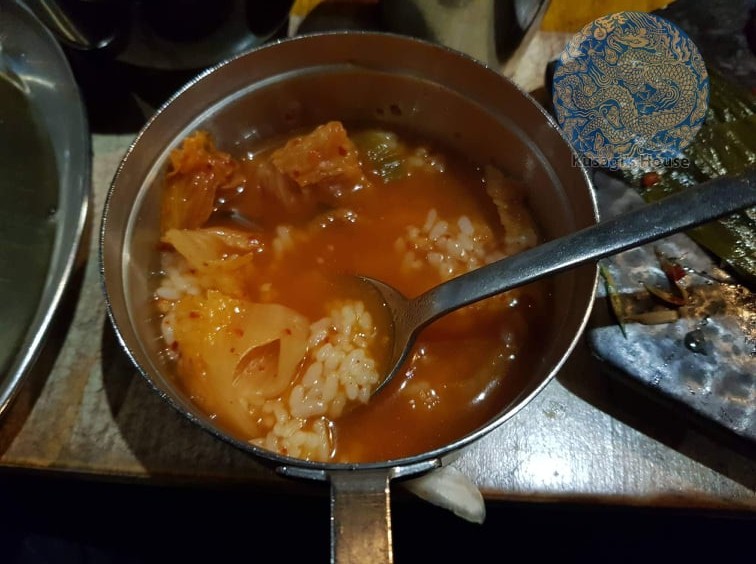
Giá cả: khu này thuộc dạng mắc mỏ ở Seoul, với giá này thì mình nghĩ không mắc, hợp lý. Tụi mình ăn lưng lửng xong khám phá món khác, nên không để ý ăn no có thể tốn nhiều không? Mình nghĩ nếu muốn ăn no cũng tốn kha khá đó. Thiệt hại: ~40.000won/ 4 người. Hơn 800k, không mắc lắm.
Cảm ơn các bạn đã đọc bài viết. Hẹn gặp các bạn ở bài review tiếp theo.
Usagi

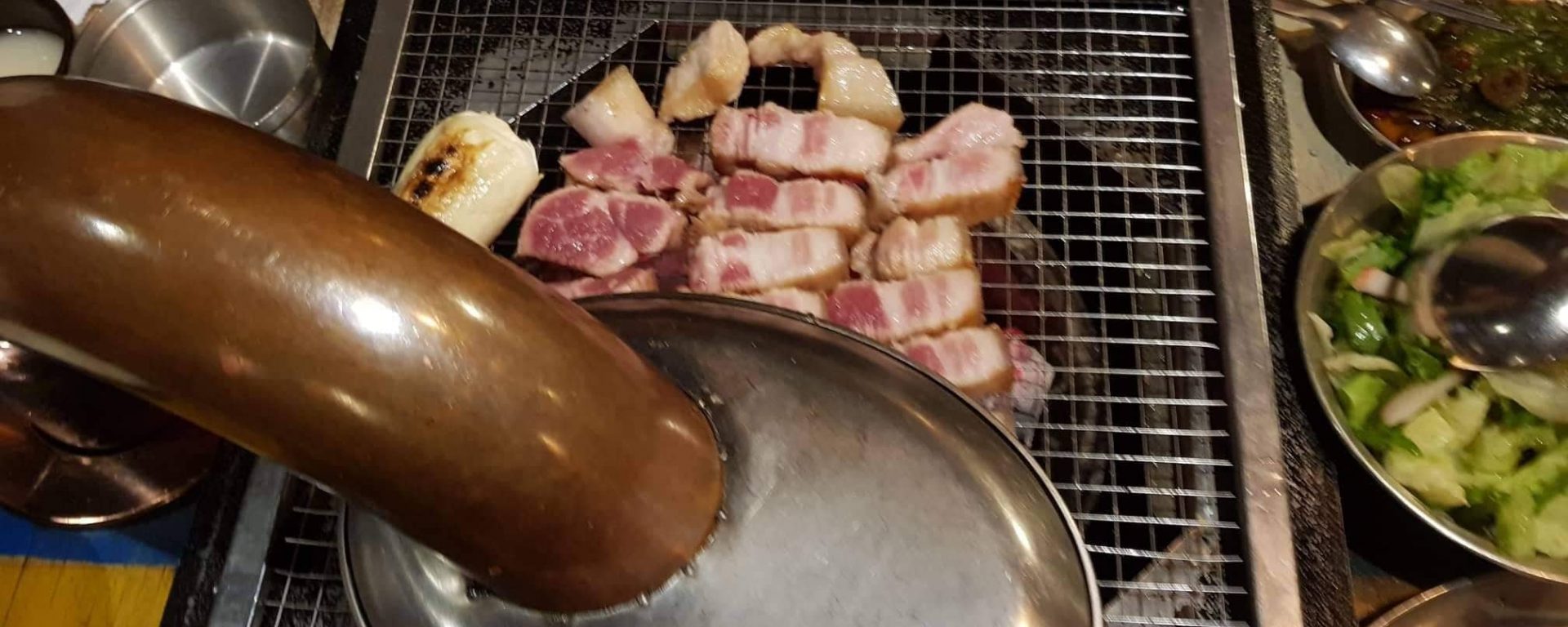
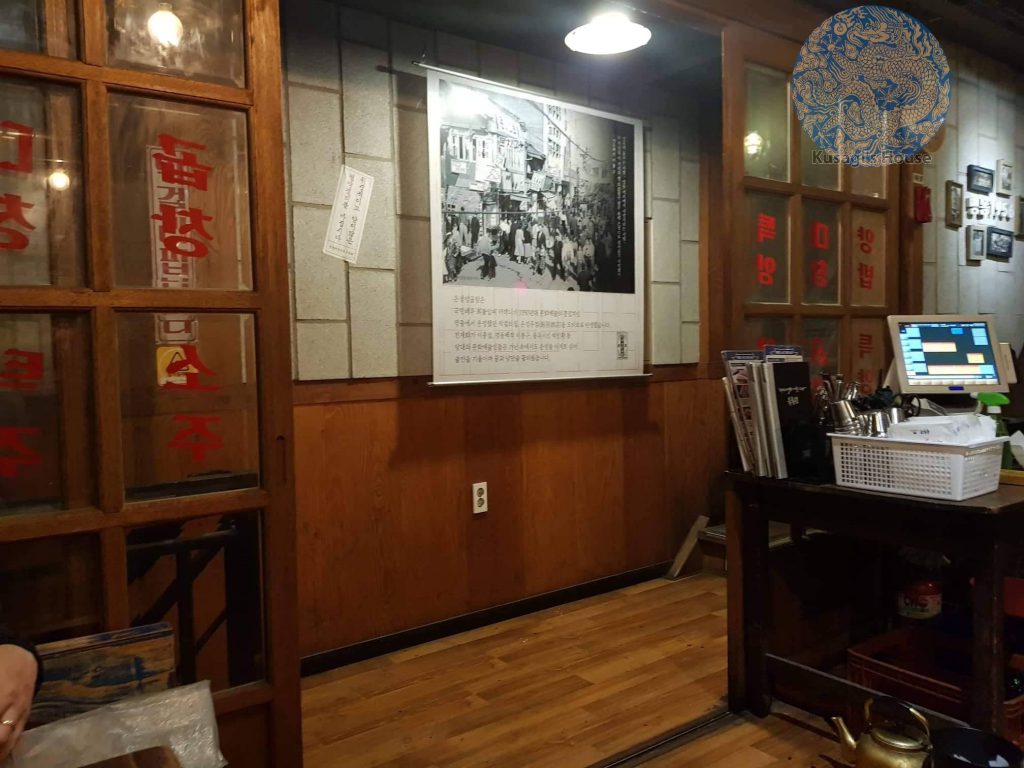

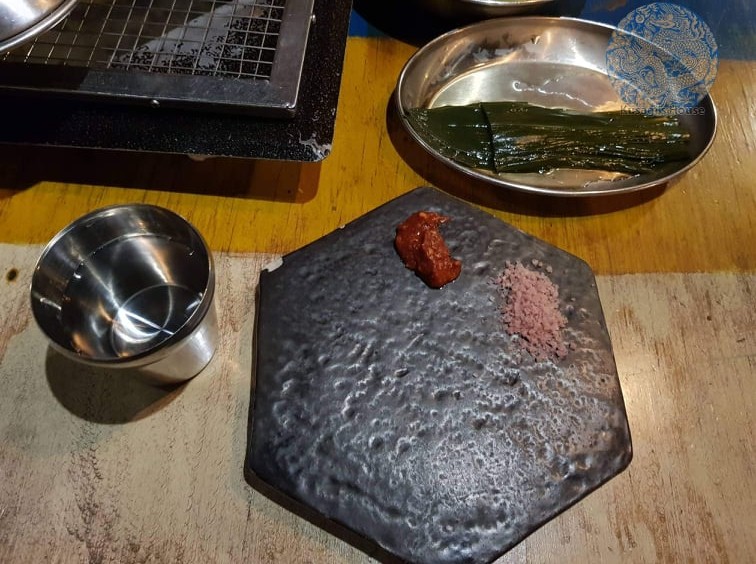
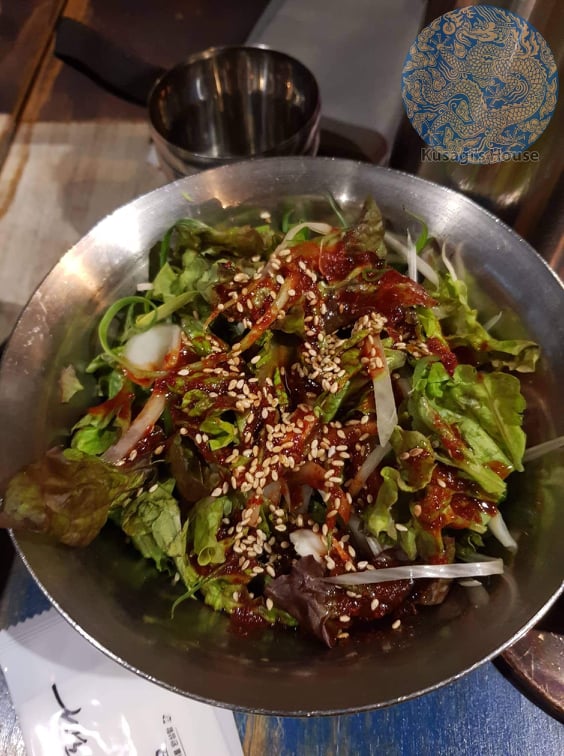
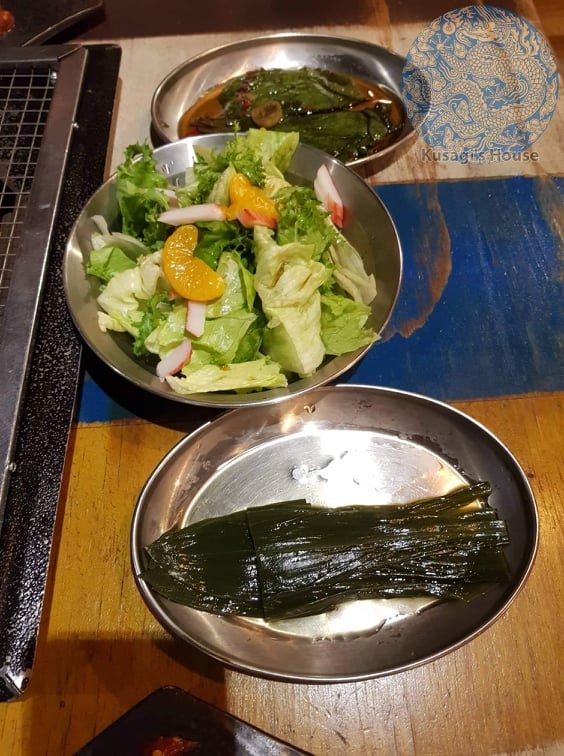
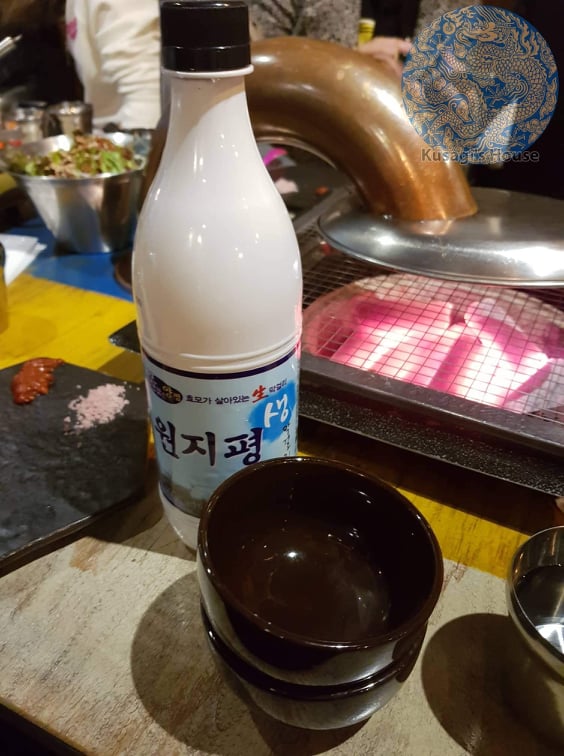
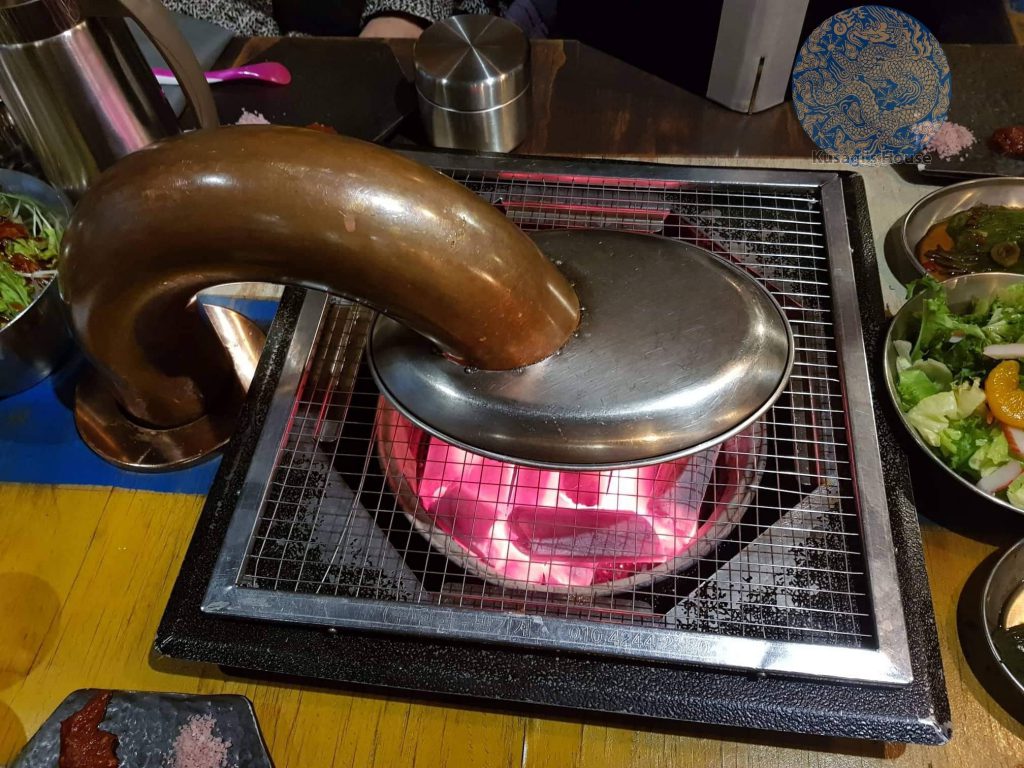
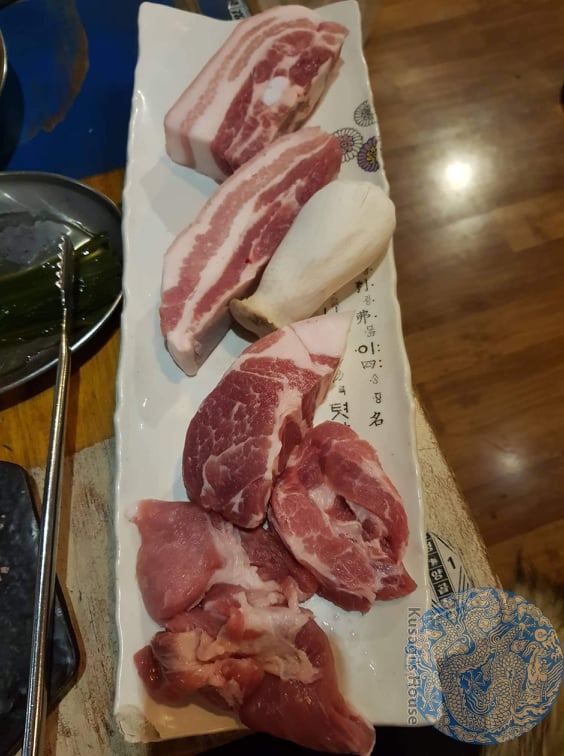

Pills information. Long-Term Effects.
can you get generic robaxin price
Everything news about meds. Read information here.
Meds information leaflet. Long-Term Effects.
buy loperamide
Actual news about medicines. Get here.
There’s a ‘ghost hurricane’ in the forecast. It could help predict a real one
анальный секс зрелых
A scary-looking weather forecast showing a hurricane hitting the Gulf Coast in the second half of June swirled around social media this week—but don’t panic.
It’s the season’s first “ghost hurricane.”
Similar hype plays out every hurricane season, especially at the beginning: A cherry-picked, worst-case-scenario model run goes viral, but more often than not, will never come to fruition.
Unofficially dubbed “ghost storms” or “ghost hurricanes,” these tropical systems regularly appear in weather models — computer simulations that help meteorologists forecast future conditions — but never seem to manifest in real life.
The model responsible this week was the Global Forecast System, also known as the GFS or American model, run by the National Oceanic and Atmospheric Administration. It’s one of many used by forecasters around the world.
All models have known biases or “quirks” where they tend to overpredict or underpredict certain things. The GFS is known to overpredict tropical storms and hurricanes in longer-term forecasts that look more than a week into the future, which leads to these false alarms. The GFS isn’t alone in this — all models struggle to accurately predict tropical activity that far in advance — but it is notorious for doing so.
For example, the GFS could spit out a prediction for a US hurricane landfall about 10 days from now, only to have that chance completely disappear as the forecast date draws closer. This can occur at any time of the year, but is most frequent during hurricane season — June through November.
It’s exactly what’s been happening over the past week as forecasters keep an eye out for the first storm of the 2025 Atlantic hurricane season.
Why so many ghosts?
No weather forecast model is designed in the exact same way as another, and that’s why each can generate different results with similar data.
The reason the GFS has more false alarms when looking more than a week out than similar models – like Europe’s ECMWF, Canada’s CMC or the United Kingdom’s UKM – is because that’s exactly what it’s programmed to do, according to Alicia Bentley, the global verification project lead of NOAA’s Environmental Modeling Center.
The GFS was built with a “weak parameterized cumulus convection scheme,” according to Bentley. In plain language, that means when the GFS thinks there could be thunderstorms developing in an area where tropical systems are possible – over the oceans – it’s more likely to jump to the conclusion that something tropical will develop than to ignore it.
Other models aren’t built to be quite as sensitive to this phenomenon, and so they don’t show a tropical system until they’re more confident the right conditions are in place, which usually happens when the forecast gets closer in time.
The western Caribbean Sea is one of the GFS’ favorite places to predict a ghost storm. That’s because of the Central American gyre: a large, disorganized area of showers and thunderstorms that rotates over the region and its surrounding water.
https://semaglupharm.shop/# SemagluPharm
can i purchase lyrica
Medication information. Brand names.
cost coumadin no prescription
Everything information about meds. Read here.
Pills information. Brand names.
can you buy lisinopril
Best what you want to know about medication. Get information now.
http://semaglupharm.com/# Semaglu Pharm
Order cholesterol medication online USA-based pharmacy Lipitor delivery lipitor and tums
Predni Pharm: Predni Pharm – PredniPharm
Drugs information leaflet. Drug Class.
where to buy trileptal without insurance
Best what you want to know about meds. Get information here.
come posso acquistare cipro economico online
Medicines information leaflet. Effects of Drug Abuse.
get cheap singulair without prescription
Actual information about medication. Get now.
70918248
References:
none (Antony)
70918248
References:
none
Predni Pharm: prednisone for sale – prednisone for cheap
buy rybelsus medication – cyproheptadine 4mg for sale cyproheptadine 4mg us
Pills information sheet. Brand names.
spironolactone dissolution profile
Some what you want to know about medicine. Read here.
buy semaglutide 14 mg for sale – cyproheptadine 4mg without prescription order generic periactin
https://semaglupharm.com/# SemagluPharm